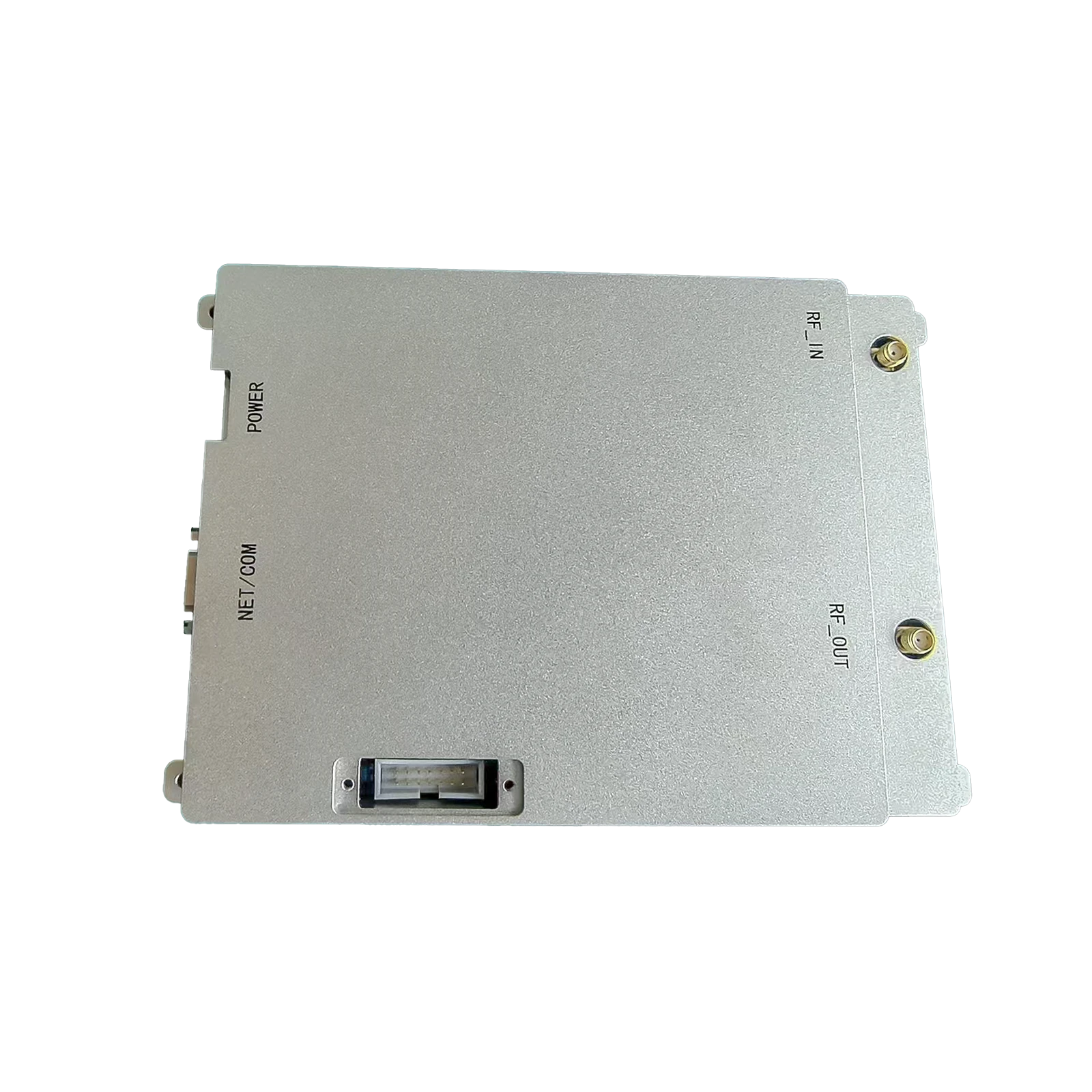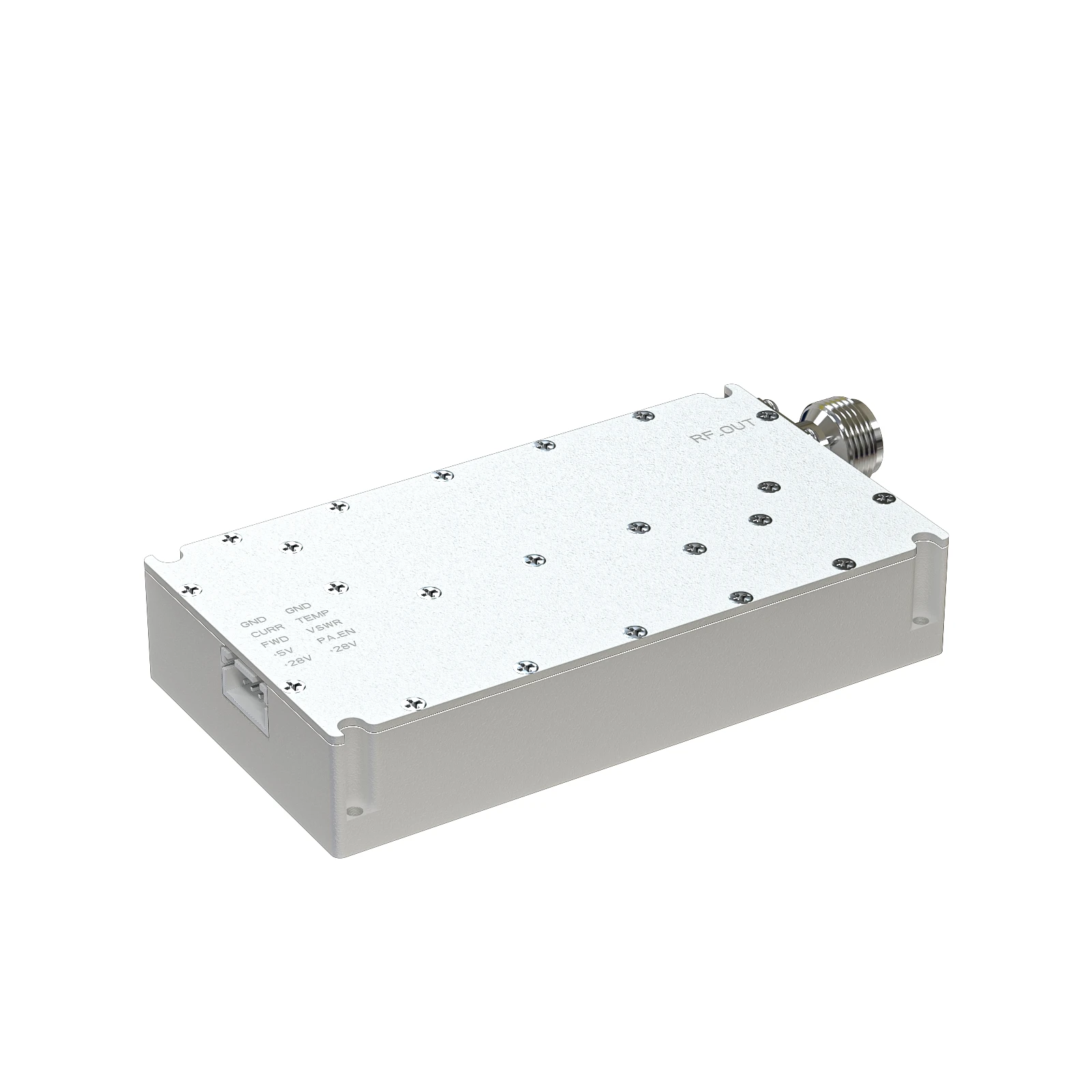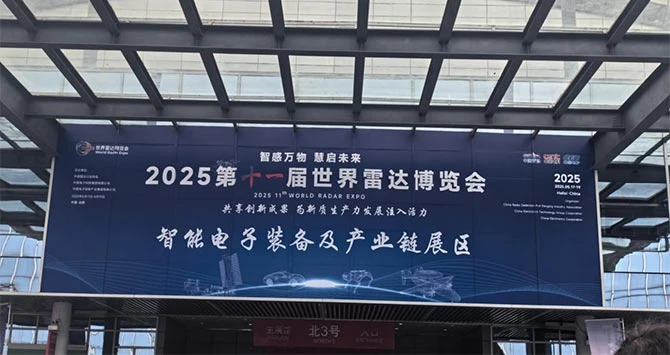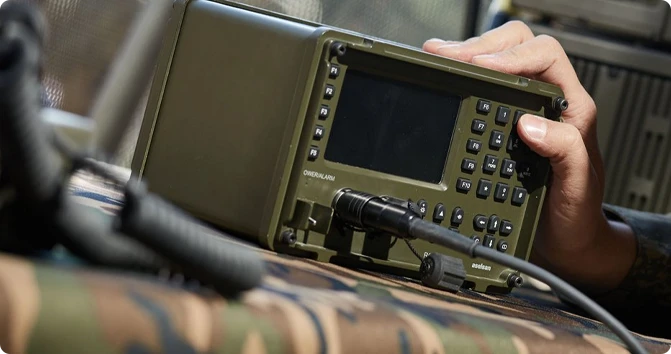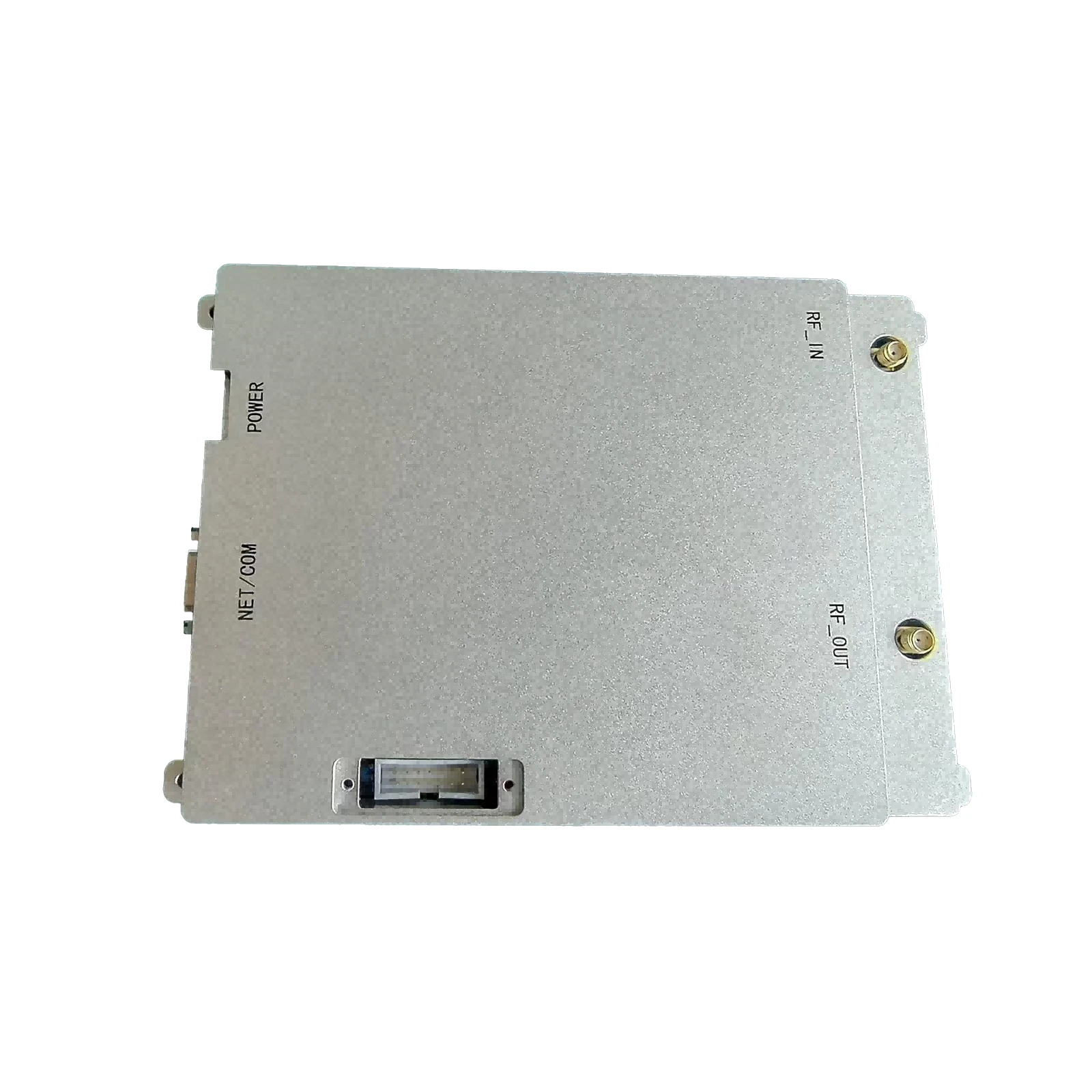What Is a Digital RF Power Amplifier? Benefits, Applications & Future Trends
Understanding Digital RF Power Amplifiers: A Key Technology in Modern Communications
If you’ve ever sent a text, streamed a video, or followed a live event via satellite, chances are a digital RF power amplifier played a subtle but essential role in making that happen. Though hidden behind the scenes, this technology powers the backbone of wireless communication worldwide. Why does it matter? In an era where connectivity equals opportunity, understanding the digital RF power amplifier unlocks insights into faster, greener, and more reliable networks that shape everything from disaster relief to IoT devices.
Global Context: Why Digital RF Power Amplifiers Are More Relevant Than Ever
The world’s wireless data traffic is projected to reach staggering levels — Cisco estimates a 27% CAGR through 2025, pushing global mobile data to 77.5 exabytes per month. In tandem, the UN highlights that nearly half the world’s population relies on mobile networks for essential services, especially in developing regions. Digital RF power amplifiers (sometimes called digital RF PAs) have become critical as the demand for bandwidth and energy efficiency soars.
Interestingly, telecommunications operators are caught in a balancing act: boosting power and data throughput while squeezing energy consumption and minimizing interference. The digital RF PA addresses these challenges by improving linearity and efficiency — which, frankly, makes high-quality wireless communication both feasible and affordable on a global scale.
Mini takeaway: As wireless connectivity expands worldwide, digital RF power amplifiers become catalysts for smarter, greener, and more capable networks.
What Exactly Is a Digital RF Power Amplifier?
At its core, a digital RF power amplifier is a device that amplifies radio frequency signals using digital techniques rather than traditional analog circuitry. Unlike analog counterparts, digital RF PAs use digital signal processing (DSP) to deliver more precise control over amplification, resulting in higher efficiency and less signal distortion.
Think of it this way: in broadcast systems or wireless base stations, the signal must be boosted robustly without corrupting the original data. Digital RF amplifiers make this possible by intelligently shaping the signal in the digital domain before it gets converted to a radio wave. This method aligns well with modern communication standards where bandwidth use and power consumption matter just as much as raw signal strength.
Core Features and Components of Digital RF Power Amplifiers
1. Efficiency
One of the standout features of digital RF power amplifiers is their ability to operate efficiently at high power levels. Advanced modulation schemes demand amplifiers that can avoid wasting energy as heat — a traditional problem in RF systems.
2. Linearity
Maintaining a clean signal with minimal distortion is critical. Digital techniques help reduce nonlinearities that cause interference, improving voice clarity, video quality, or sensor data accuracy.
3. Scalability
The modular design of digital RF PAs allows for easy adaptation to different frequency bands or output power requirements, making them ideal for diverse applications from rural broadband to aerospace.
4. Durability and Reliability
Operating in harsh environments demands resilient hardware. Modern designs include protections against temperature fluctuations and voltage spikes, ensuring continuous performance.
5. Integration with Digital Signal Processing
Because the amplifier is controlled digitally, it can adapt in real time to changing signal conditions or network requirements — a huge plus for dynamic spectrum management and 5G networks.
Mini takeaway: Efficiency and adaptability make digital RF power amplifiers vital components in a wide range of wireless communication systems.
Real-World Applications and Use Cases
Across the globe, digital RF power amplifiers are powering a variety of mission-critical applications.
- Disaster Relief and Emergency Communications: After natural disasters, quickly deploying reliable communication infrastructure is crucial. Digital RF PAs enable temporary base stations to deliver clear signals with lower power needs, even in remote areas.
- Telecommunications: From 4G LTE to cutting-edge 5G networks, carriers rely on digital RF power amplifiers for base stations to handle large traffic loads with minimal interference.
- Military and Aerospace: Precision and reliability are non-negotiable in defense communications. Digital RF PAs support high-frequency, secure transmissions under demanding conditions.
- Internet of Things (IoT): As billions of IoT sensors activate worldwide, low-power but scalable digital RF amplification ensures connectivity without draining device batteries.
Cyberspace has placed unique demands on RF tech, and digital RF power amplifiers answer with versatility that crosses boundaries, industries, and continents.
Product Specification Table: Typical Digital RF Power Amplifier Parameters
| Parameter | Value | Notes |
|---|---|---|
| Frequency Range | 500 MHz – 6 GHz | Covers most cellular and Wi-Fi bands |
| Output Power | Up to 100 W | Suitable for base stations and broadcast |
| Efficiency | >65% (typical) | Significantly better than analog PAs |
| Linearity (IP3) | +40 dBm | Ensures low distortion in signal |
| Operating Voltage | 28 V DC | Standard for telecom power infrastructure |
Comparing Leading Digital RF Power Amplifier Vendors
| Vendor | Efficiency | Frequency Coverage | Target Market | Unique Feature |
|---|---|---|---|---|
| AmpSys Corp. | 68% | 400 MHz - 6 GHz | Telecom Infrastructure | Adaptive DSP control |
| RFTech Solutions | 65% | 600 MHz - 5.8 GHz | Broadcast & Aerospace | High IP3 linearity |
| NextGen Amplifiers | 70% | 500 MHz - 7 GHz | 5G & IoT | Ultra-low power sleep mode |
What Makes Digital RF Power Amplifiers the Smart Choice?
In practical terms, the benefits are compelling:
- Cost-efficiency: Lower power consumption means lower operational costs, especially vital for network operators running massive infrastructures.
- Environmental impact: By reducing wasted energy, digital RF PAs contribute to greener networks, supporting global commitments to reduce CO2 emissions.
- Reliability & safety: The adaptive controls help maintain stable connections, even during extreme weather or peak load times, ensuring safety in emergency communications.
- Innovation potential: Because of their digital control, these amplifiers can evolve with software upgrades rather than hardware replacements, future-proofing significant investments.
Emotionally, knowing that your communication channel is stable, efficient, and environmentally considerate adds a layer of trust both for operators and users.
Future Trends Shaping Digital RF Power Amplifiers
Looking ahead, several exciting trends are poised to transform digital RF power amplifiers:
- Green energy integration: Amplifiers designed to work seamlessly with renewable power sources like solar grids will reduce carbon footprints further.
- Artificial intelligence: AI-driven control loops could optimize amplifier performance autonomously in complex environments.
- Material innovations: The use of gallium nitride (GaN) and other semiconductors promises even higher power density and efficiency.
- Ultra wideband support: To meet the needs of 6G and beyond, amplifiers will handle broader frequency ranges with agile digital tuning.
It feels like the digital RF power amplifier is at the threshold of a digital renaissance, blending hardware with smart software to meet modern communication’s relentless demands.
Common Challenges and How Experts Overcome Them
Of course, it’s not all smooth sailing. Some typical hurdles include:
- Heat dissipation: High output power generates heat that can degrade components if not properly managed. Advanced cooling and materials help mitigate this.
- Cost of advanced DSP circuits: Initial costs can be higher due to sophisticated control chips, but these are offset by long-term savings.
- Integration complexity: Harmonizing digital amplifiers with legacy analog systems requires engineering finesse, especially in mixed-use networks.
Innovators tackle these issues by adopting modular designs, predictive maintenance through IoT sensors, and better simulation tools to optimize before deployment — a sort of engineering zen for complex electronic systems.
FAQ: Practical Questions About Digital RF Power Amplifiers
1. How does a digital RF power amplifier differ from an analog one in wireless networks?
Digital RF power amplifiers use digital signal processing to control output, improving efficiency and signal clarity compared to traditional analog amplifiers that rely on continuous voltage/current control. This results in lower distortion and better energy savings for large-scale networks.
2. Can digital RF power amplifiers adapt to different frequency bands?
Yes, many digital RF PAs are designed to be scalable and configurable. Their digital control circuits allow them to switch between frequency bands or adjust power levels dynamically, making them suitable for multi-band cellular networks.
3. What industries most benefit from digital RF power amplifiers?
Telecommunications, defense, aerospace, broadcasting, and IoT sectors all benefit greatly. For example, emergency services rely on their reliability, while telecoms capitalize on energy and cost efficiencies.
4. How long can a digital RF power amplifier last in field conditions?
With proper thermal management and protection circuits, modern digital RF power amplifiers can operate reliably for 10+ years, even in harsh outdoor environments common in telecom base stations.
5. Are digital RF power amplifiers compatible with renewable energy setups?
Increasingly yes. Their improved efficiency and digital control make them good candidates for integration with solar or wind power systems, supporting greener network footprints.
Wrapping Up: The Long-Term Power of Digital RF Amplification
Digital RF power amplifiers quietly power the future of connectivity by making networks more efficient, reliable, and sustainable. Whether enabling disaster recovery communications in remote regions or driving the latest 5G towers in bustling urban centers, their impact is vast and growing. For those interested in exploring or implementing this technology, digital rf power amplifier solutions offer a smart bridge between today's demands and tomorrow’s innovations.
If you want to dive deeper into this fascinating technology or explore product options, visit our website for in-depth resources and expert advice.
References:
-
09 March 2021 24 Nov 2025
-
09 March 2021 23 Nov 2025
-
09 March 2021 23 Nov 2025
-
09 March 2021 22 Nov 2025
-
09 March 2021 21 May 2025
-
09 March 2021 25 Dec 2024
-
09 March 2021 14 Oct 2022
-
09 March 2021 25 Dec 2024





